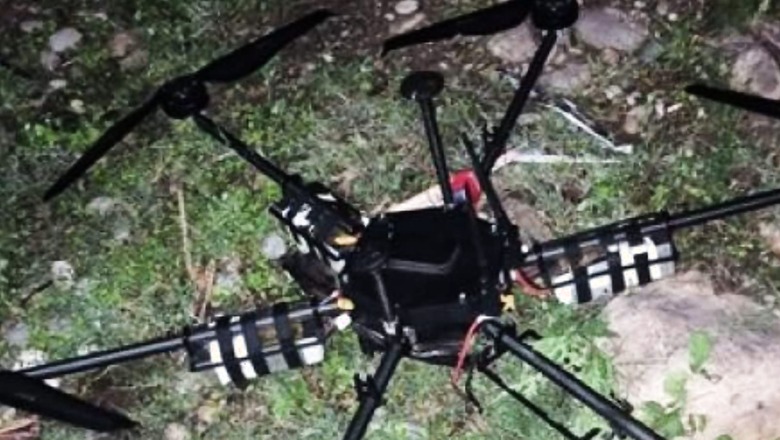
views
This year’s biggest worry for security forces in Jammu and Kashmir is last year’s data on attacks involving improvised explosive devices (IEDs), their seizures, and their rampant use by terrorists. According to official data, jihadists have started adopting the Naxal strategy of planting IEDs to target soldiers, especially since the 2019 Pulwama attack in which 40 CRPF jawans were killed.
Government data reveals that there is a rise in IED attacks in Jammu and Kashmir by terrorists along with a rise in seizures of the devices, instances of IEDs being disposed of by security forces, and personnel being killed in attacks with these explosives, etc.
What is an IED?
IEDs are prepared from multiple electrical components, including a switch, an initiator, a charge, a power source, and a container. US Homeland Security says that IEDs may be surrounded by or packed with additional materials or ‘enhancements’, such as nails, glass, or metal fragments designed to increase the amount of shrapnel propelled by the explosion. Enhancements may also include other elements such as hazardous materials. An IED can be initiated by a variety of methods depending on the intended target.
US Homeland Security also says that, because they are improvised, IEDs can come in many forms, ranging from a small pipe bomb to a sophisticated device capable of causing massive damage and loss of life. IEDs can be carried or delivered in a vehicle; carried, placed, or thrown by a person; delivered in a package, or concealed on the roadside. The term IED came into common usage during the Iraq War that began in 2003 and went on until 2011.
‘Biggest threat’
Former inspector general (IG) of the Central Reserve Police Force (CRPF) MP Nathanael, who served in the Naxal Red corridor as well as in Jammu and Kashmir, says that terrorists have learnt from the Pulwama attack and from the Maoists who without much casualties often successfully target security forces. He told News18 that IEDs pose the biggest threat to security forces as such explosive devices can be attached to a car, bus, or anywhere else.
“IEDs are the main weapon of Naxals to attack security forces. It doesn’t harm them as triggering an IED attack doesn’t require direct involvement. But in the last few months, it has been found that terrorists are also using IEDs to target security forces in Kashmir, especially since the Pulwama attack,” he said. “After the Pulwama attack, it seems that terrorists found a new way to avoid casualties on their side. Instead of any fidayeen (suicide) attack, now they are using IEDs. Even in the Pulwama attack, investigating agencies took months to learn who planted the vehicle-borne IED (VBIED). It is a dangerous weapon, which can be triggered without risking own life.”
Adding to the threat from IEDs is the fact that the Taliban, now controlling Afghanistan, will also likely help Pakistan in disturbing the law and order situation in Kashmir.
How the numbers blew up
In 2020, only one incident of an IED attack and blast was recorded by security forces in J&K, which saw a massive jump in 2021. According to the government data, last year terrorists targeted security forces in the region with IEDs on average once a month. Total 12 incidents of such attacks were recorded.
So, casualties of security force personnel in encounters, hit-and-run attacks by terrorists, grenade attacks, etc, have been reduced but casualties due to IED attacks have gone up. Data also revealed that terrorists are using IEDs only to target security forces.
Pakistan-based terror outfits are involved in sending material for IEDs through drones, with the help of local on-ground workers, say officials. This resulted in massive seizures of IEDs by security forces last year.
In 2021, security forces defused 51 IEDs and explosive devices. This is almost 34% higher in comparison to 2020 when they defused 38 such devices.
In December last year, security forces killed an IED expert who was behind blast and grenade attacks on soldiers. Police also recovered 5 kg of IED from his possession.
Last year also saw a jump in the recovery of IEDs by security forces. In 2020, a total of 5 IEDs were recovered but the number went up to 16 in 2021, 90% of them from Kashmir.
Officials say the forces are well aware of the threat and have started procuring technology that can help in dealing with it.
“We are aware of the increased use of IEDs. We have special technology to detect IEDs and help us defuse them. Identifying them at the right time is the biggest challenge though,” a senior CRPF official told News18.
Read all the Latest India News here




















Comments
0 comment